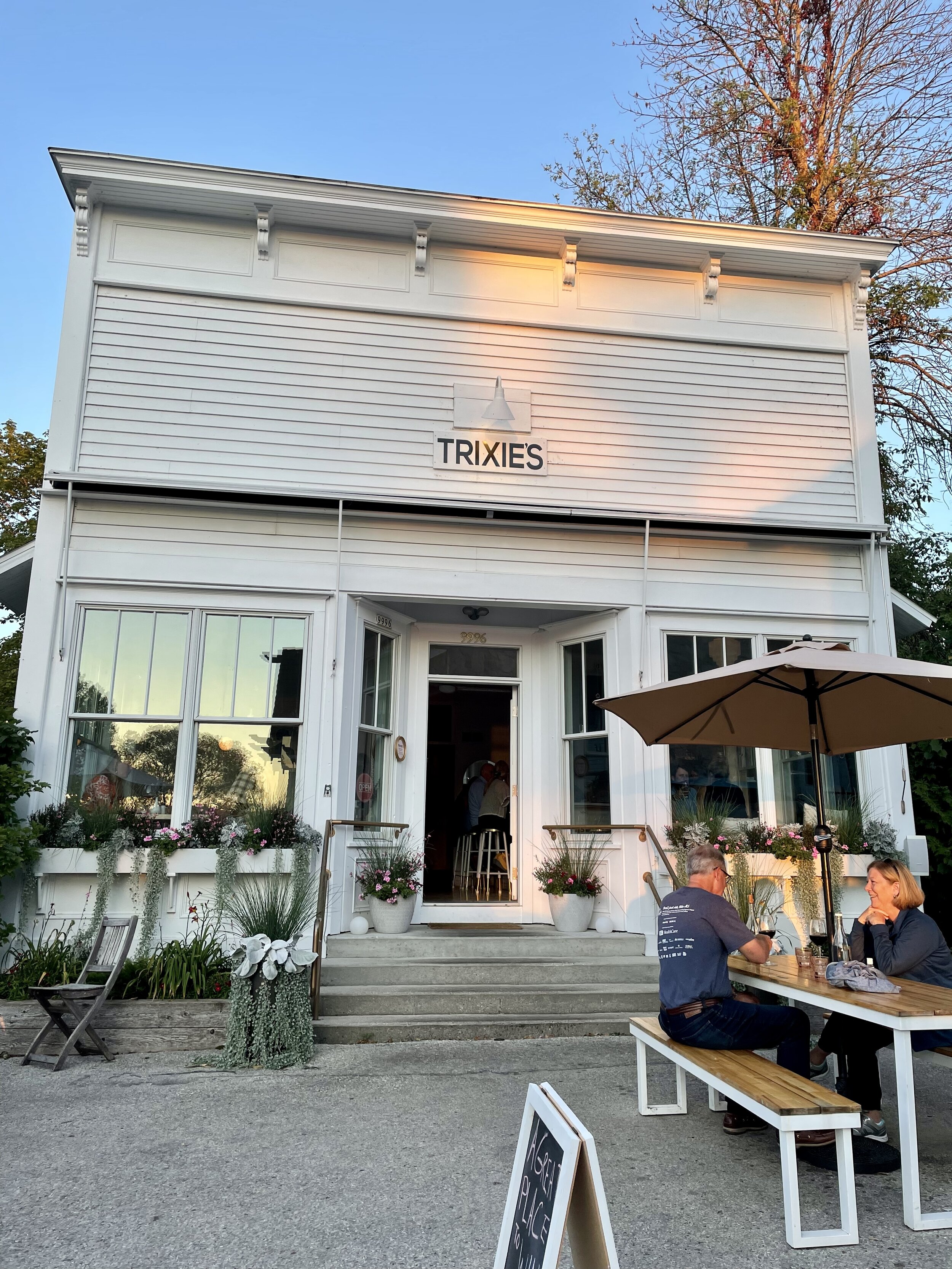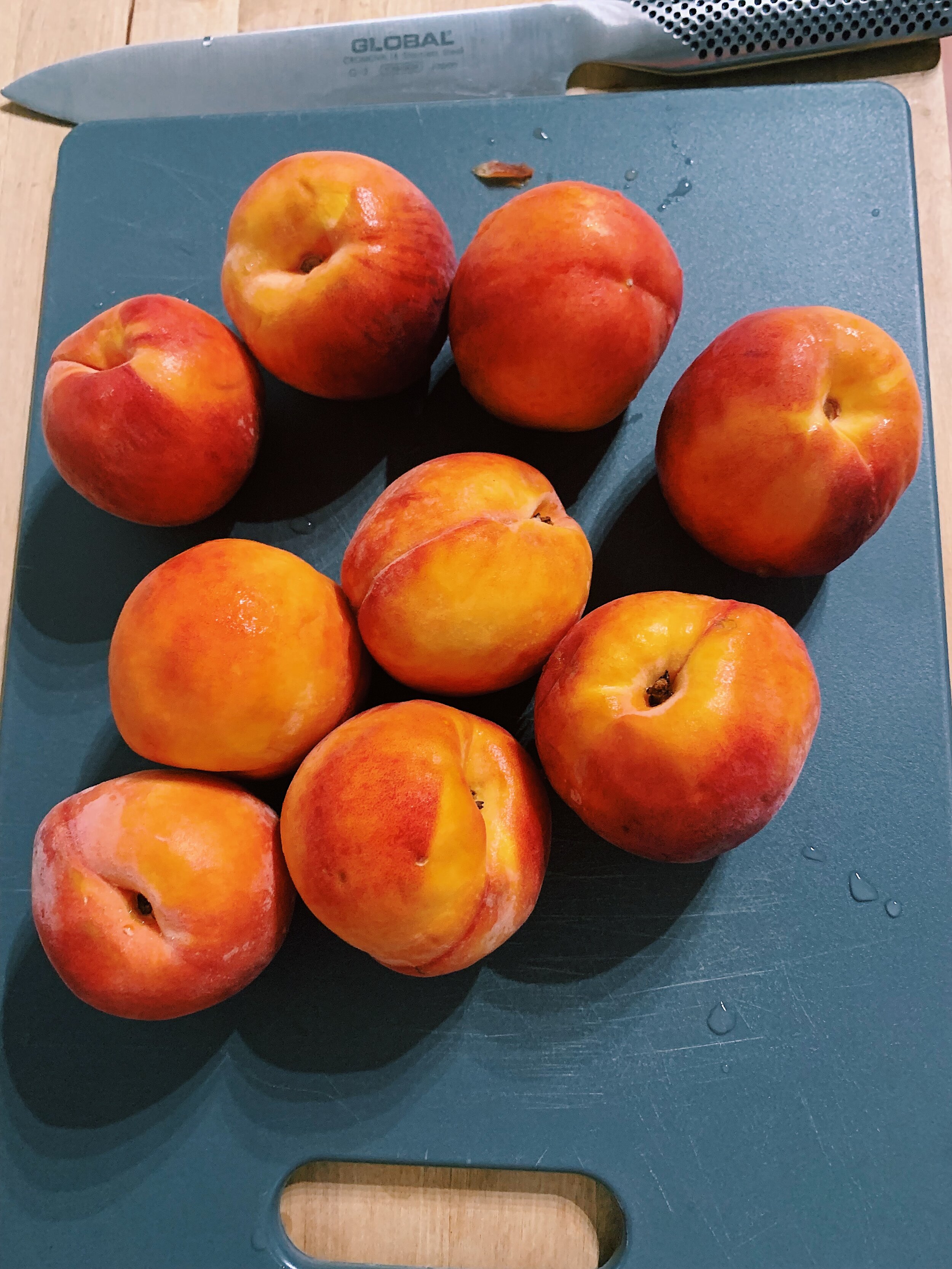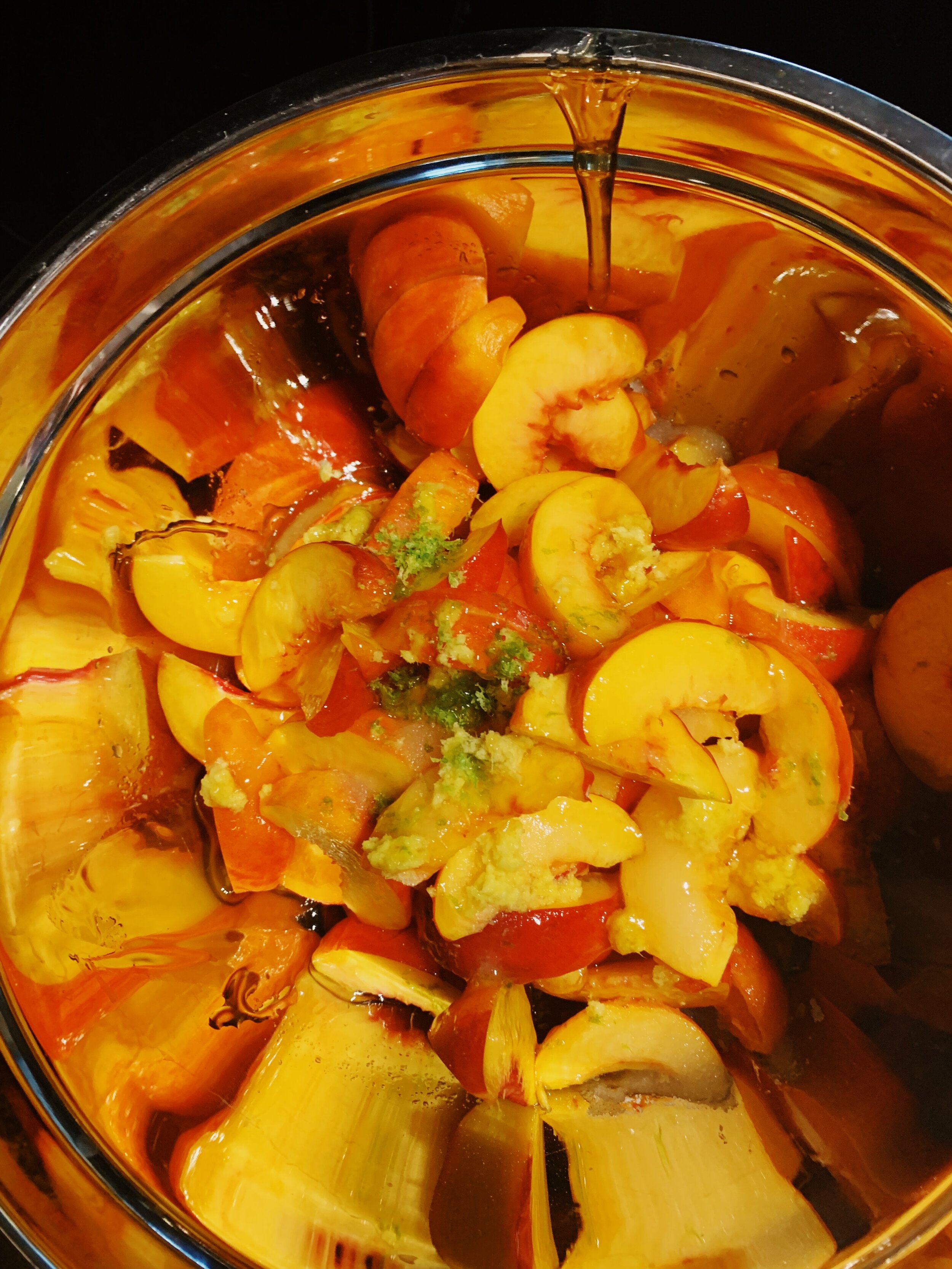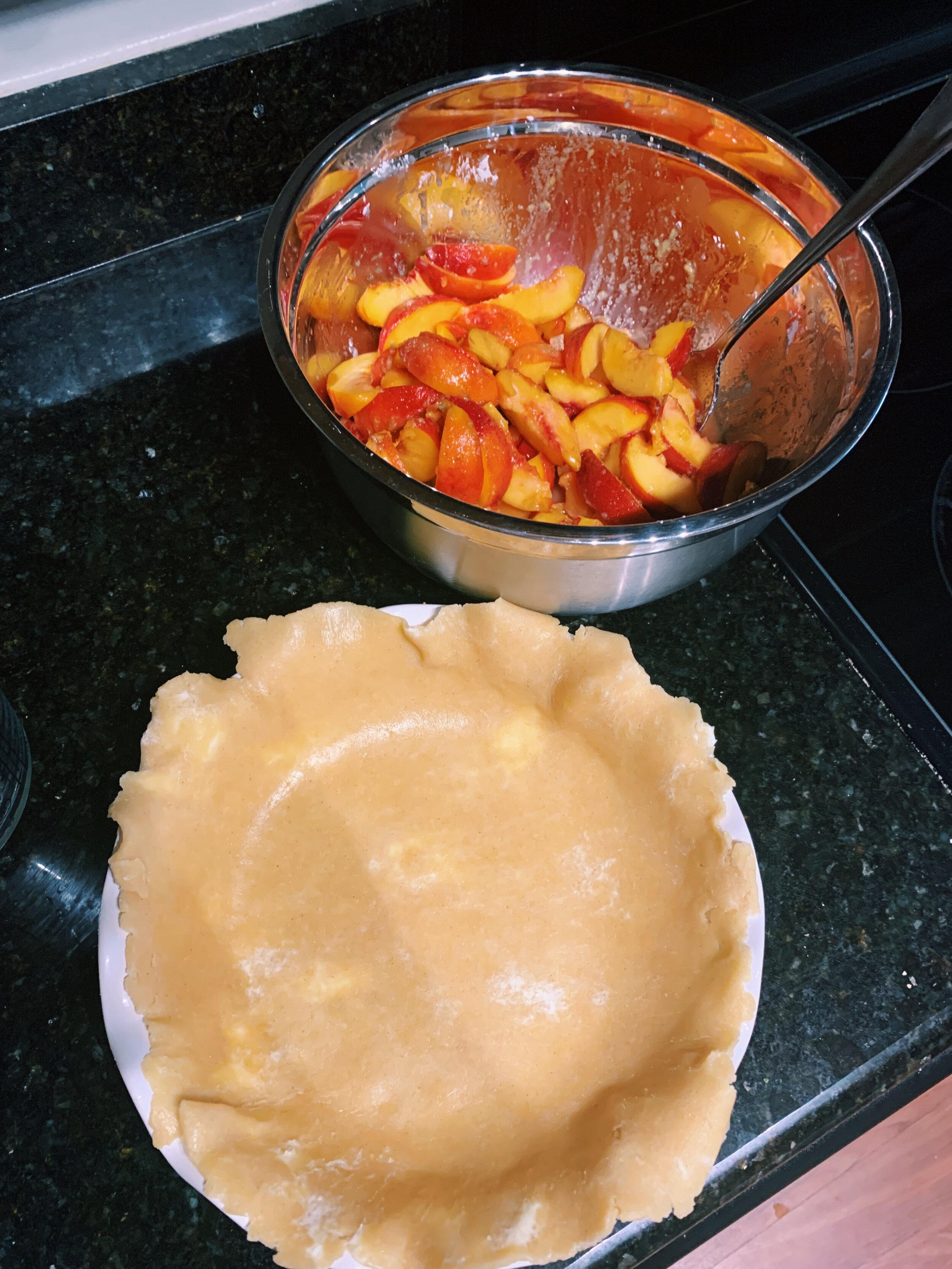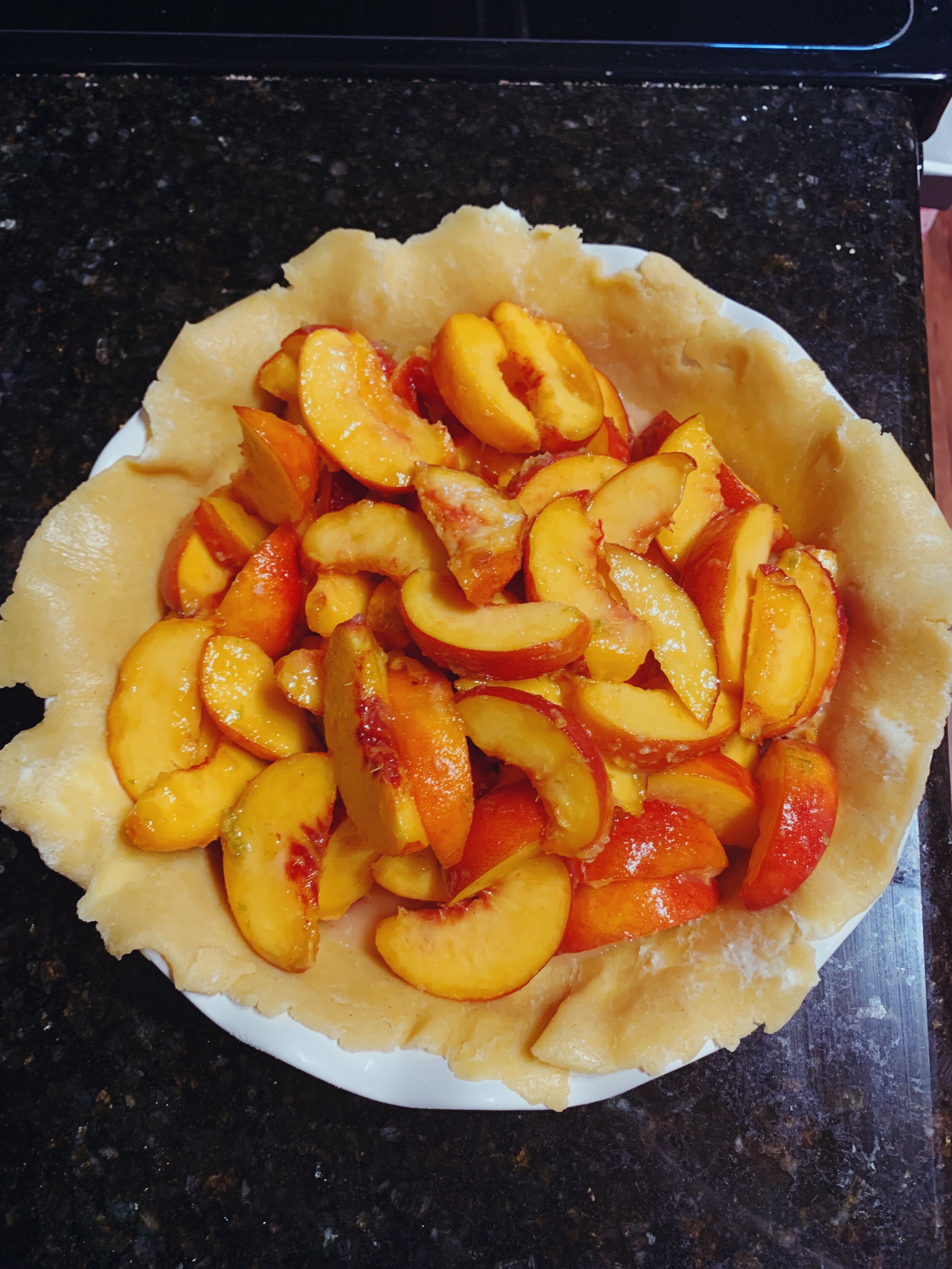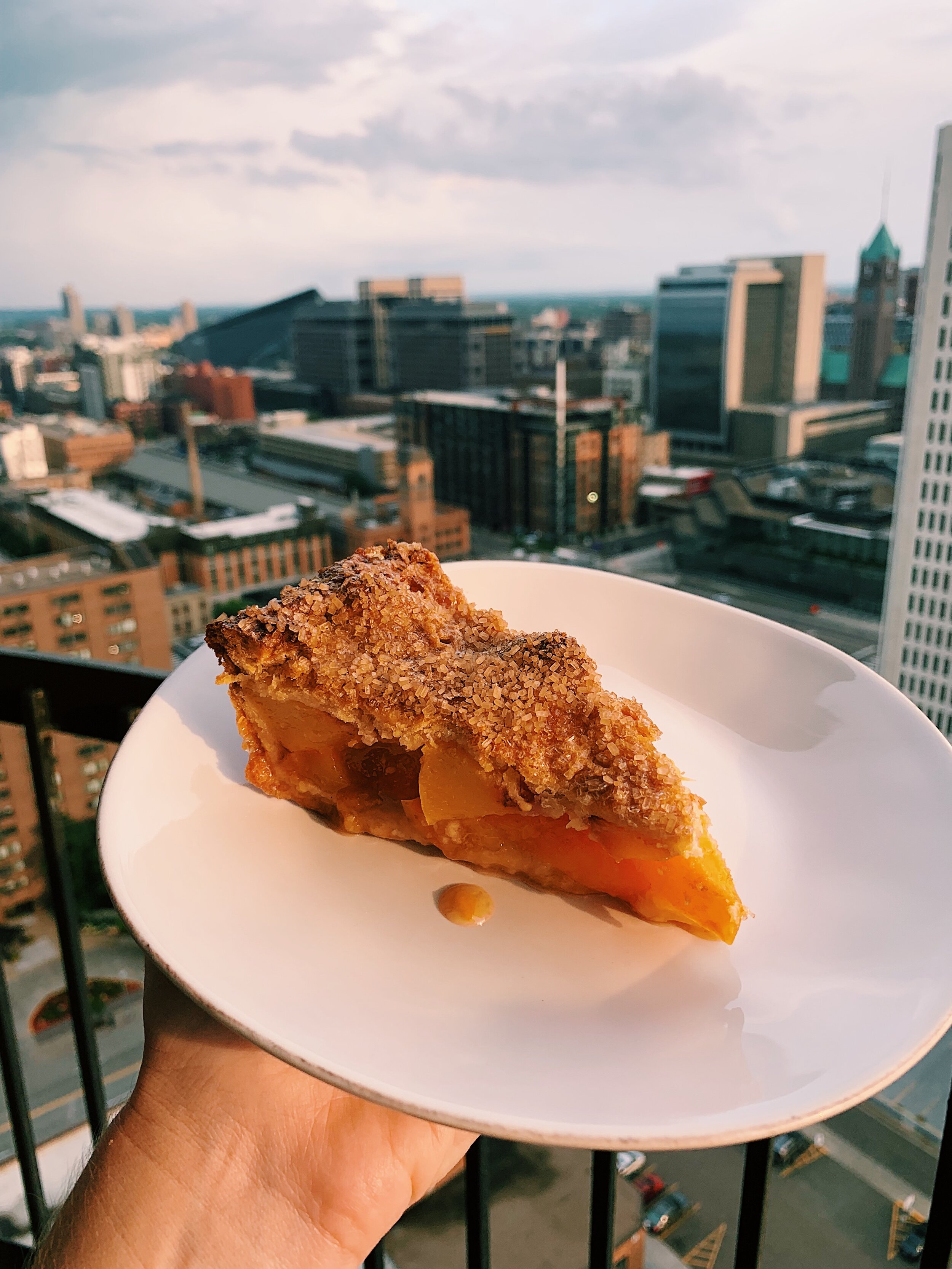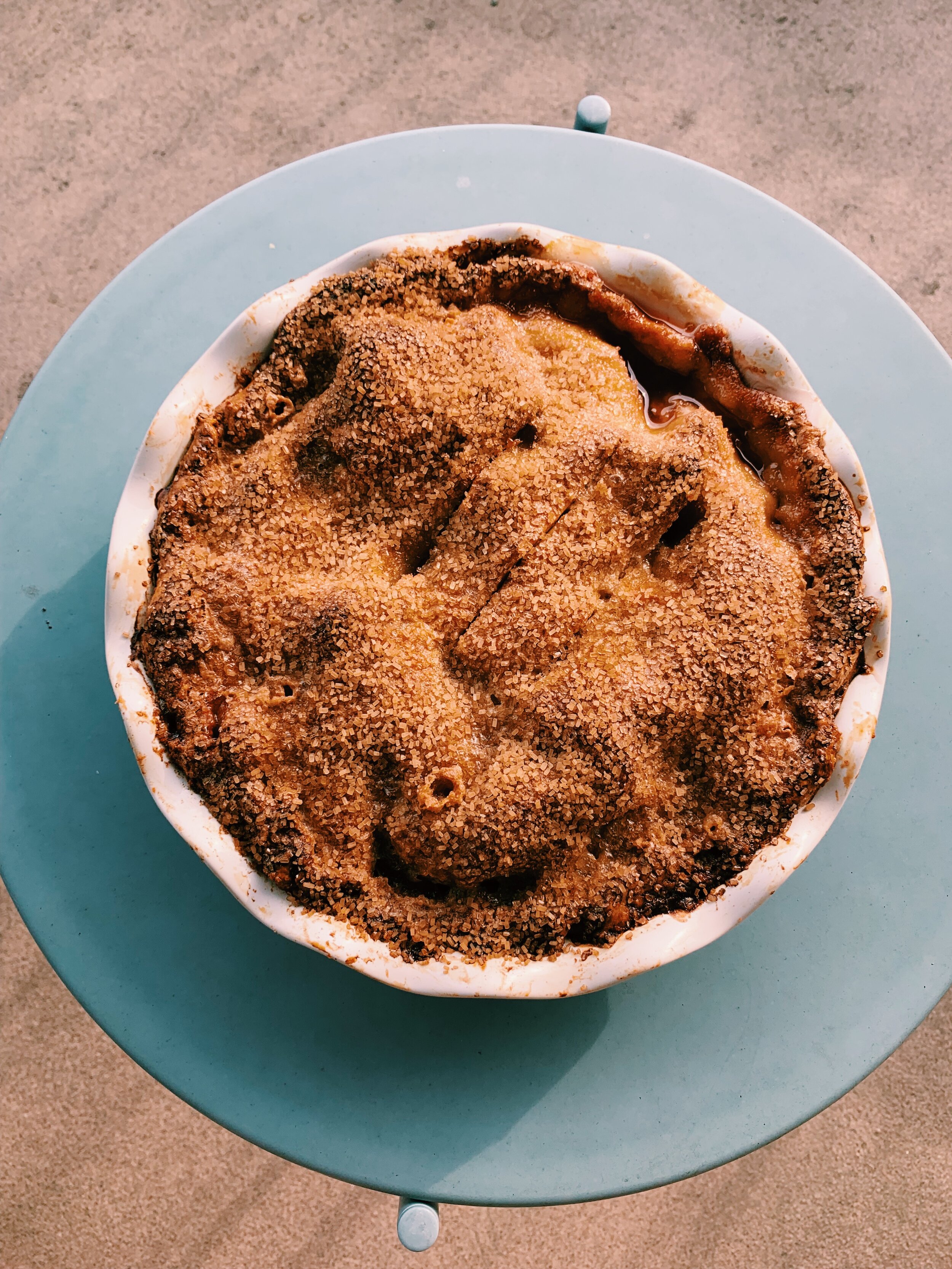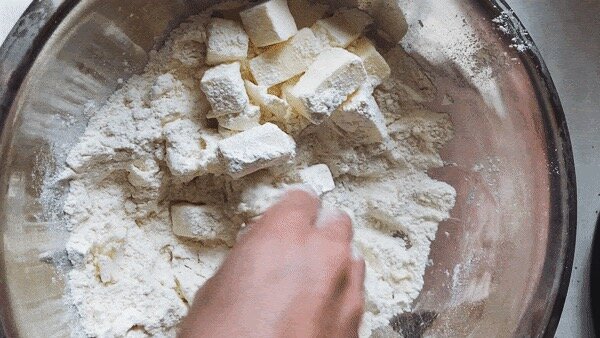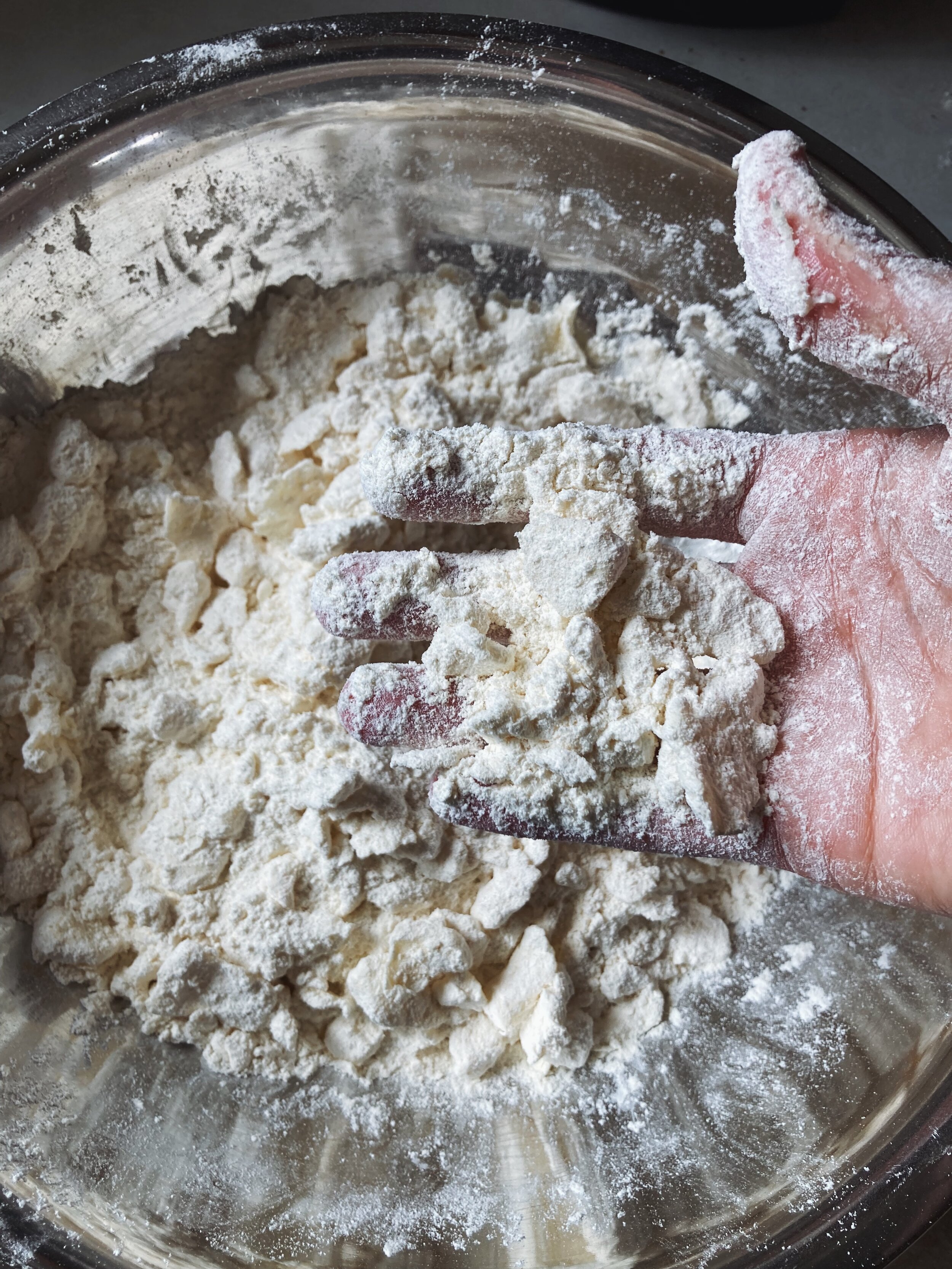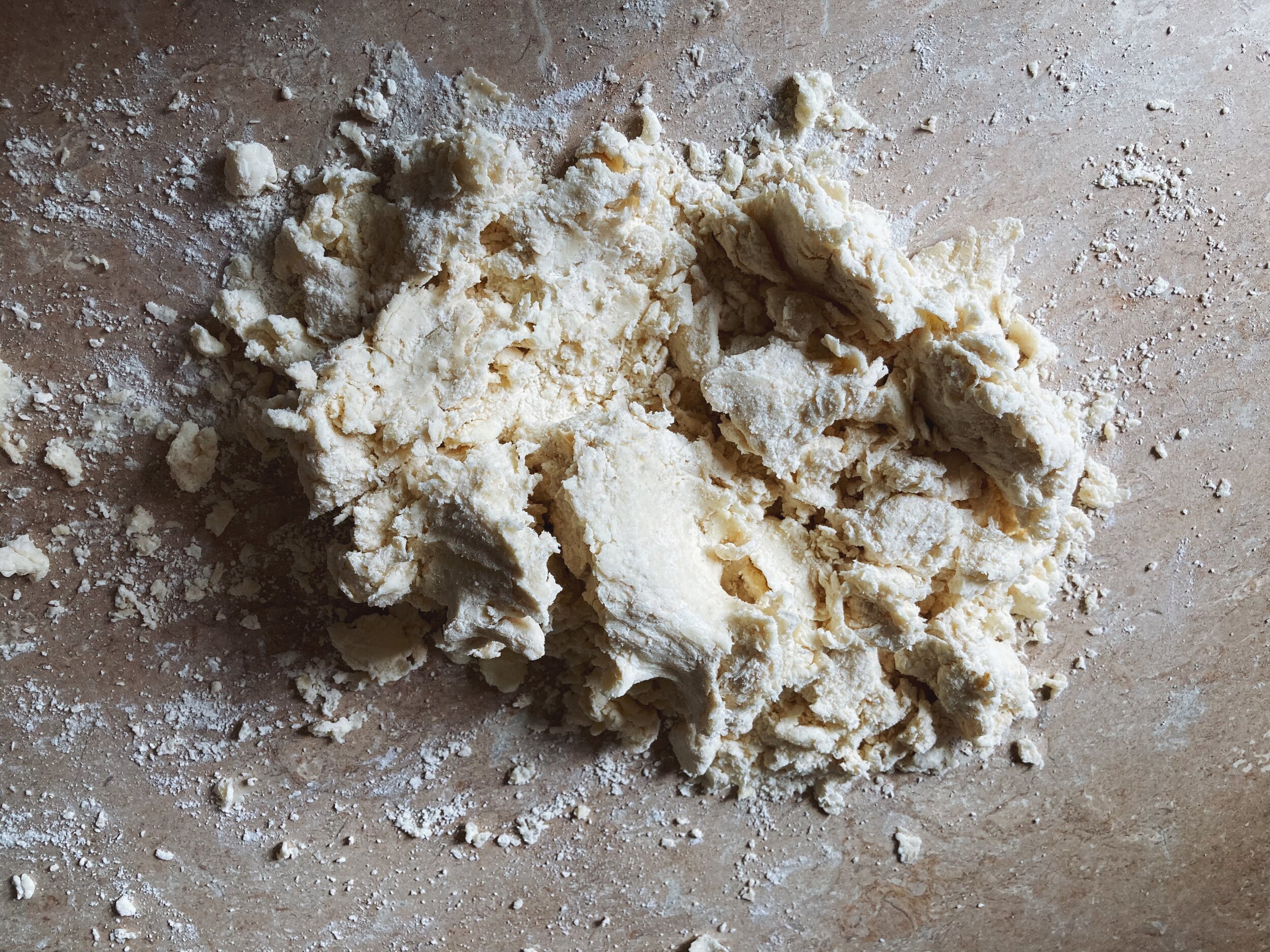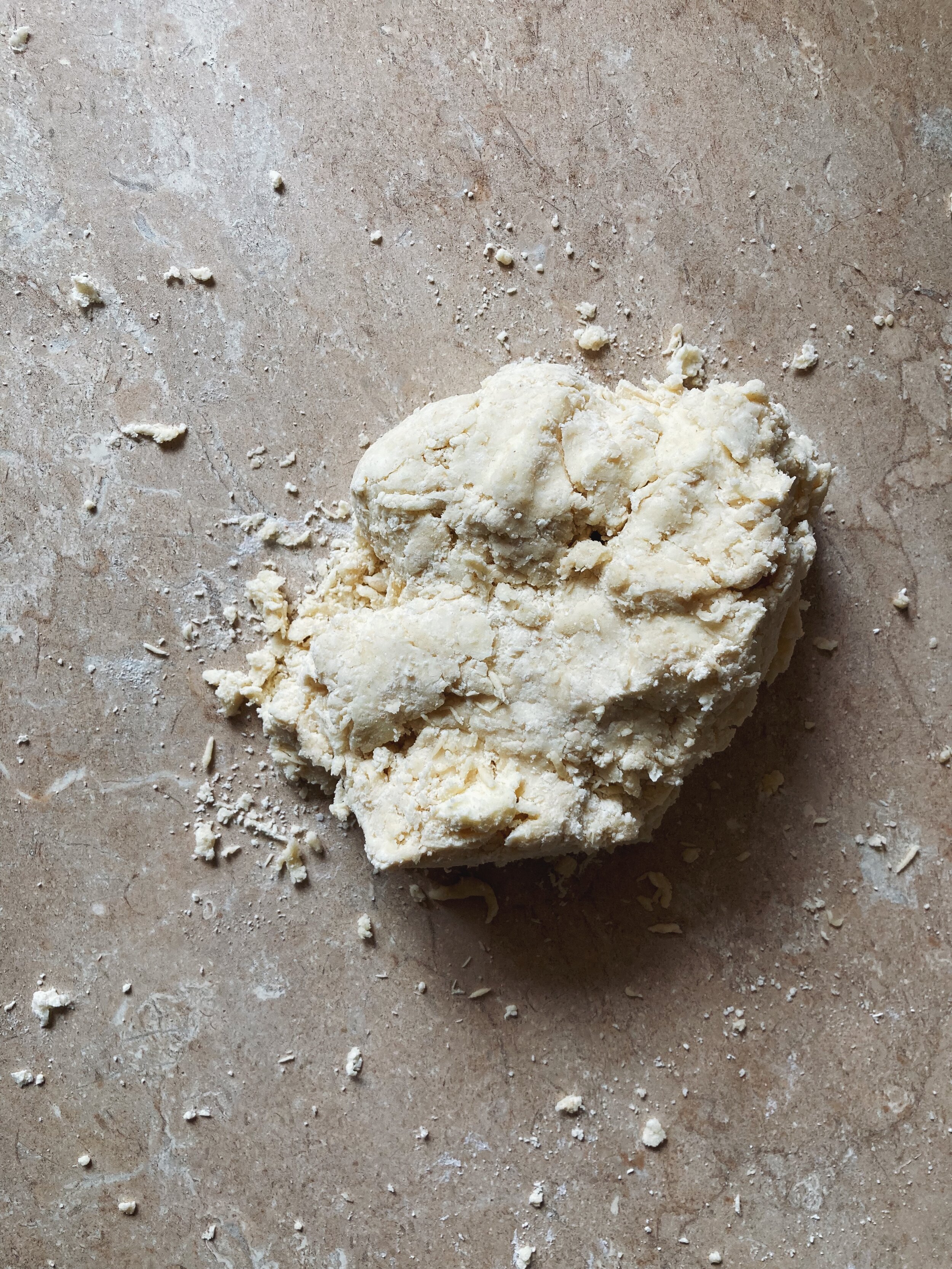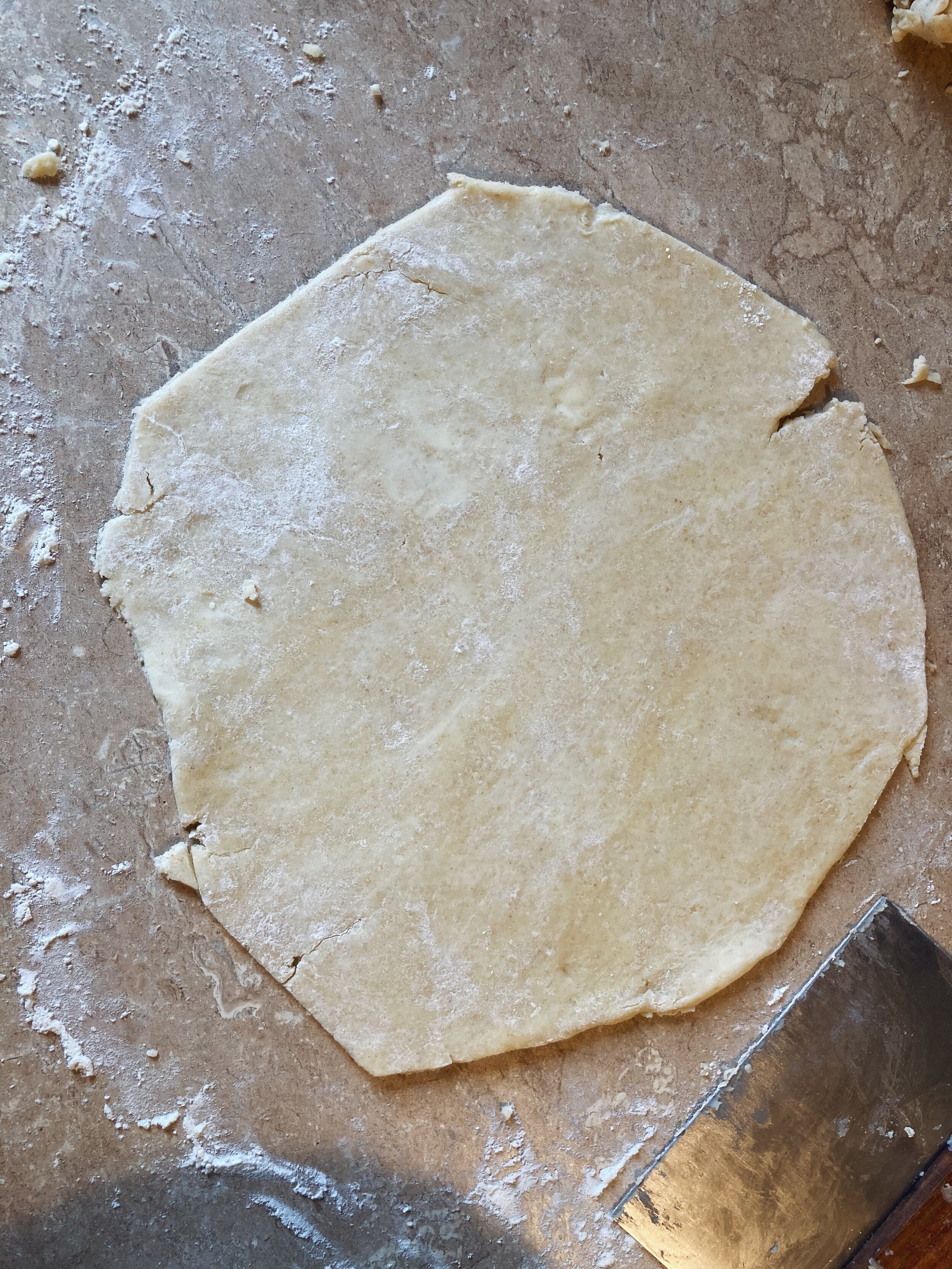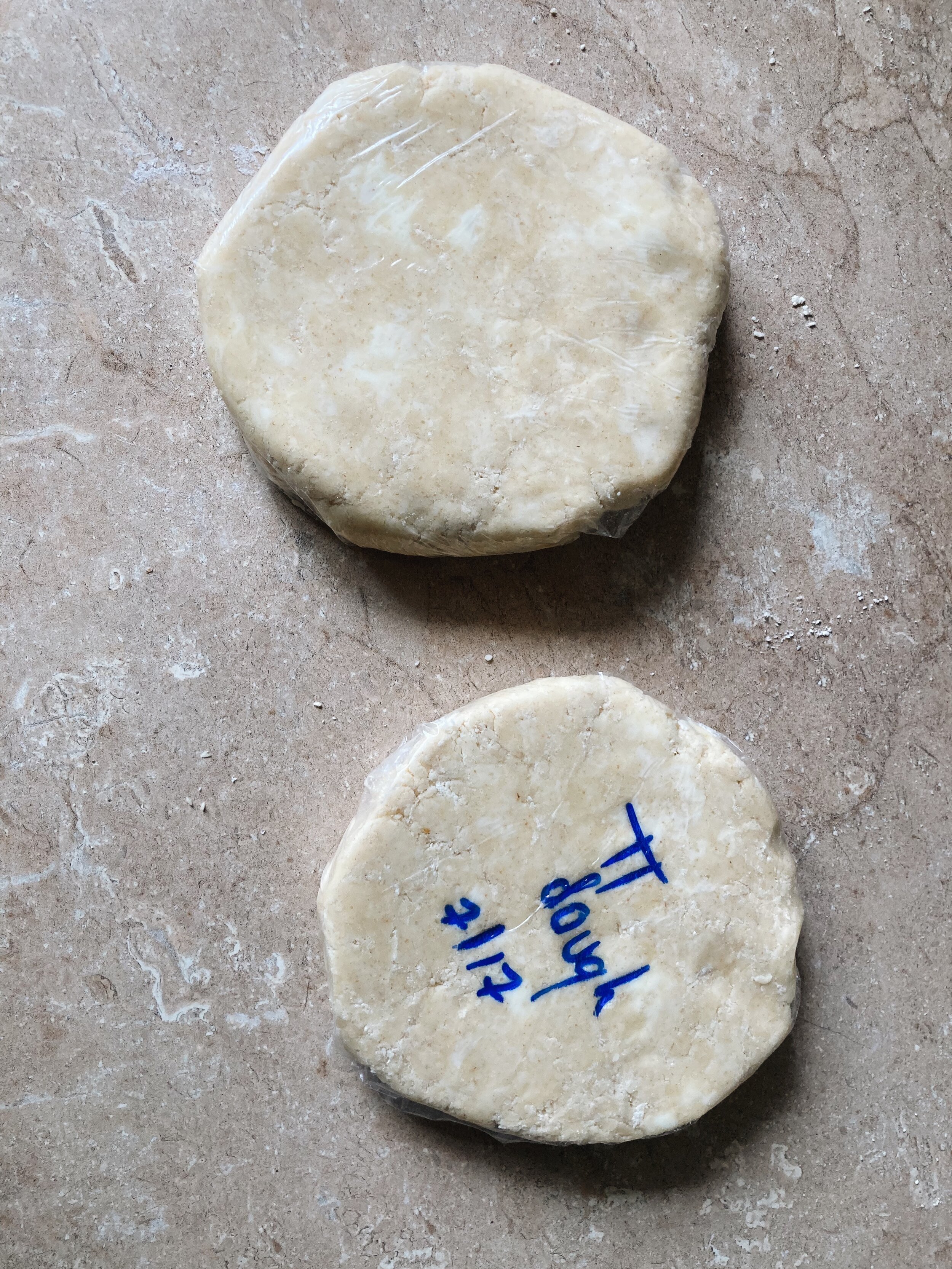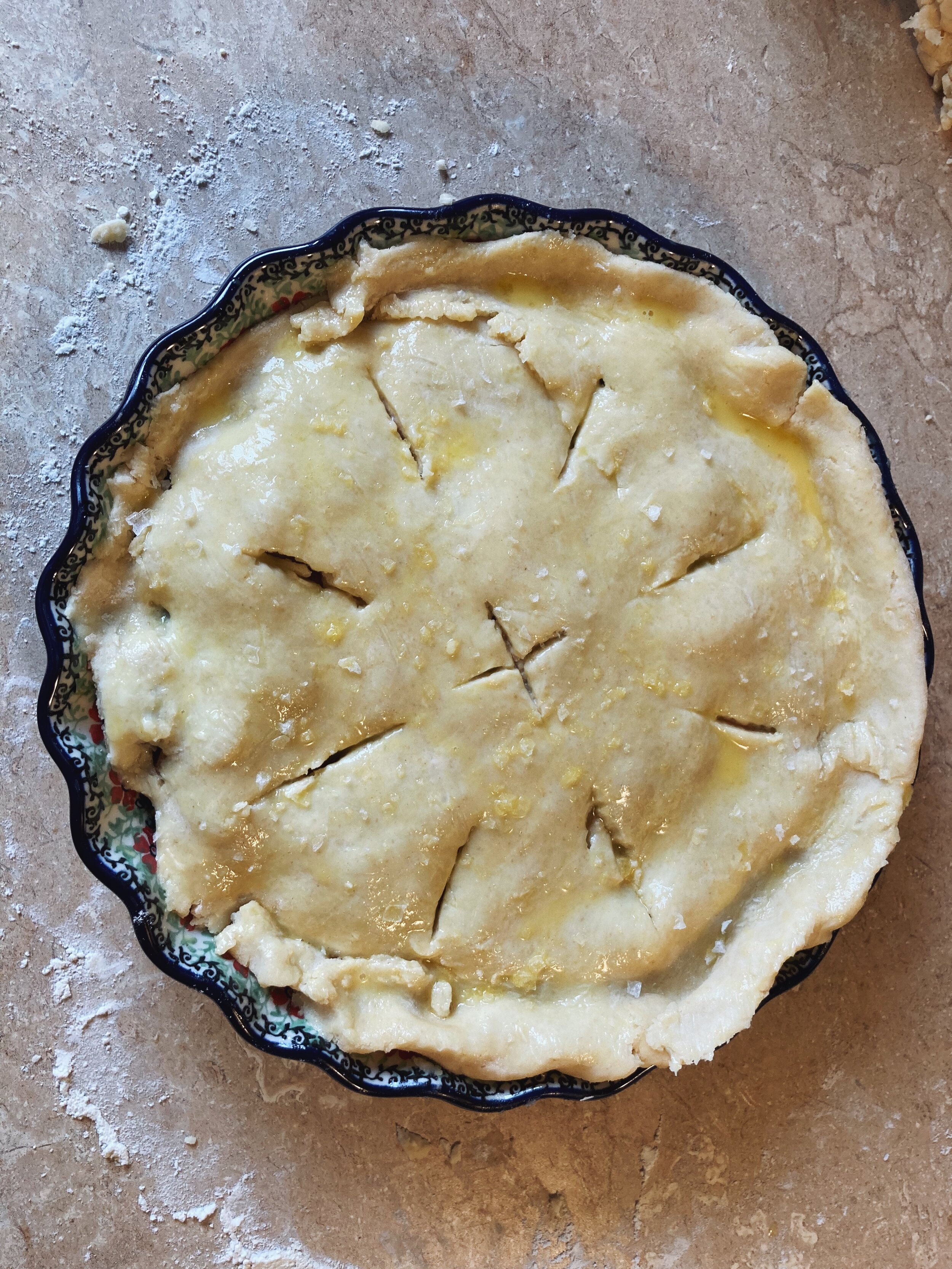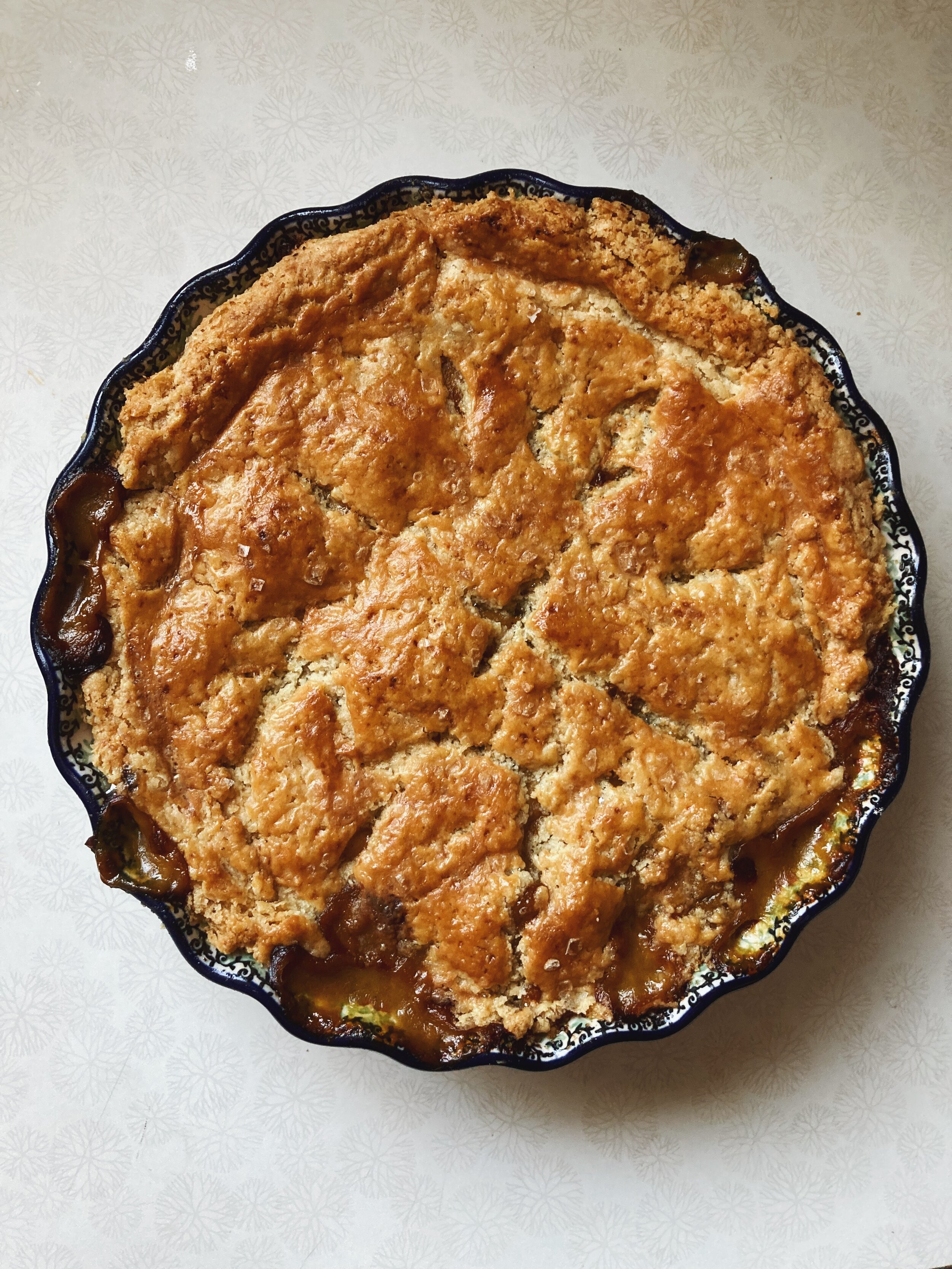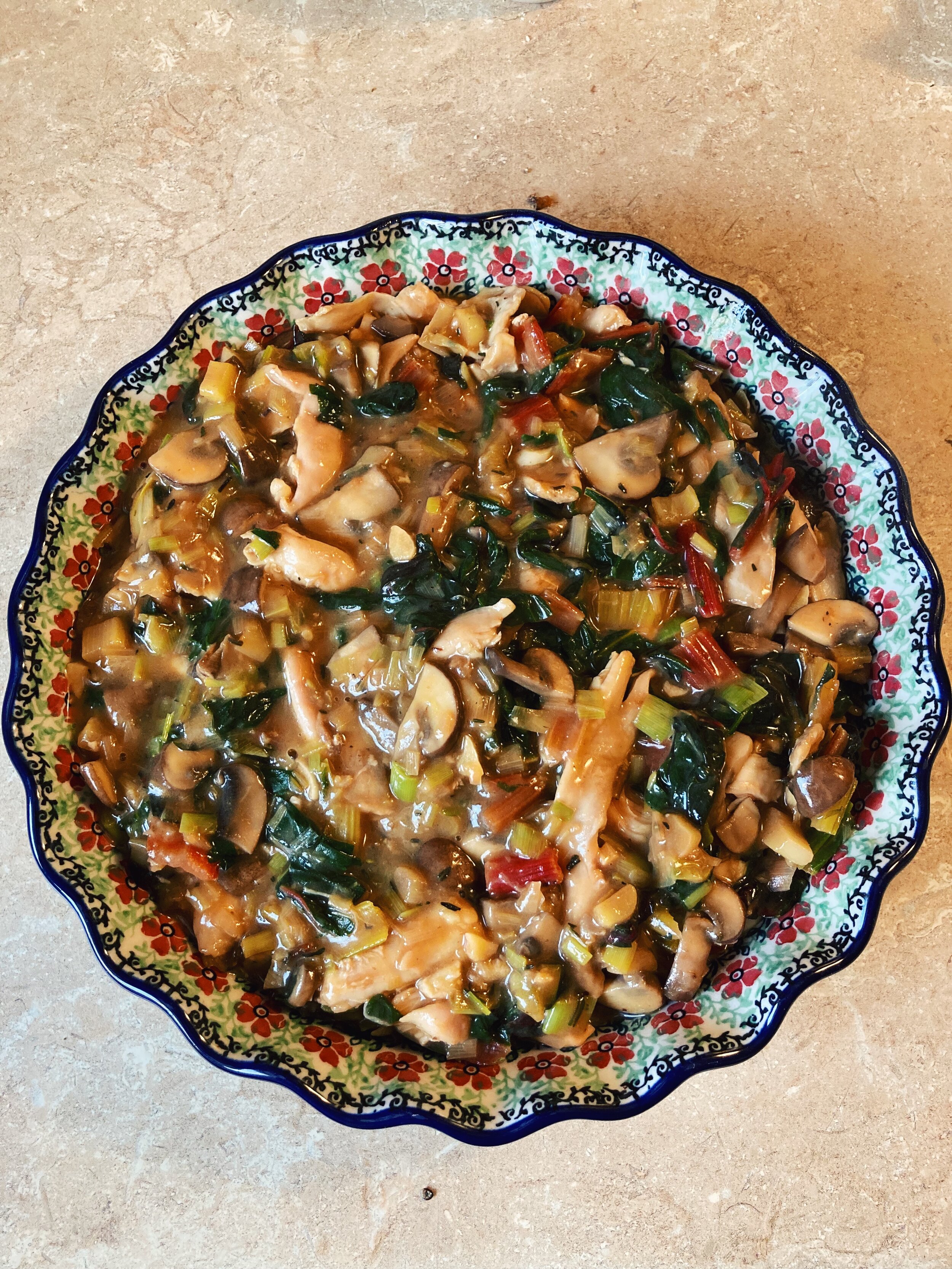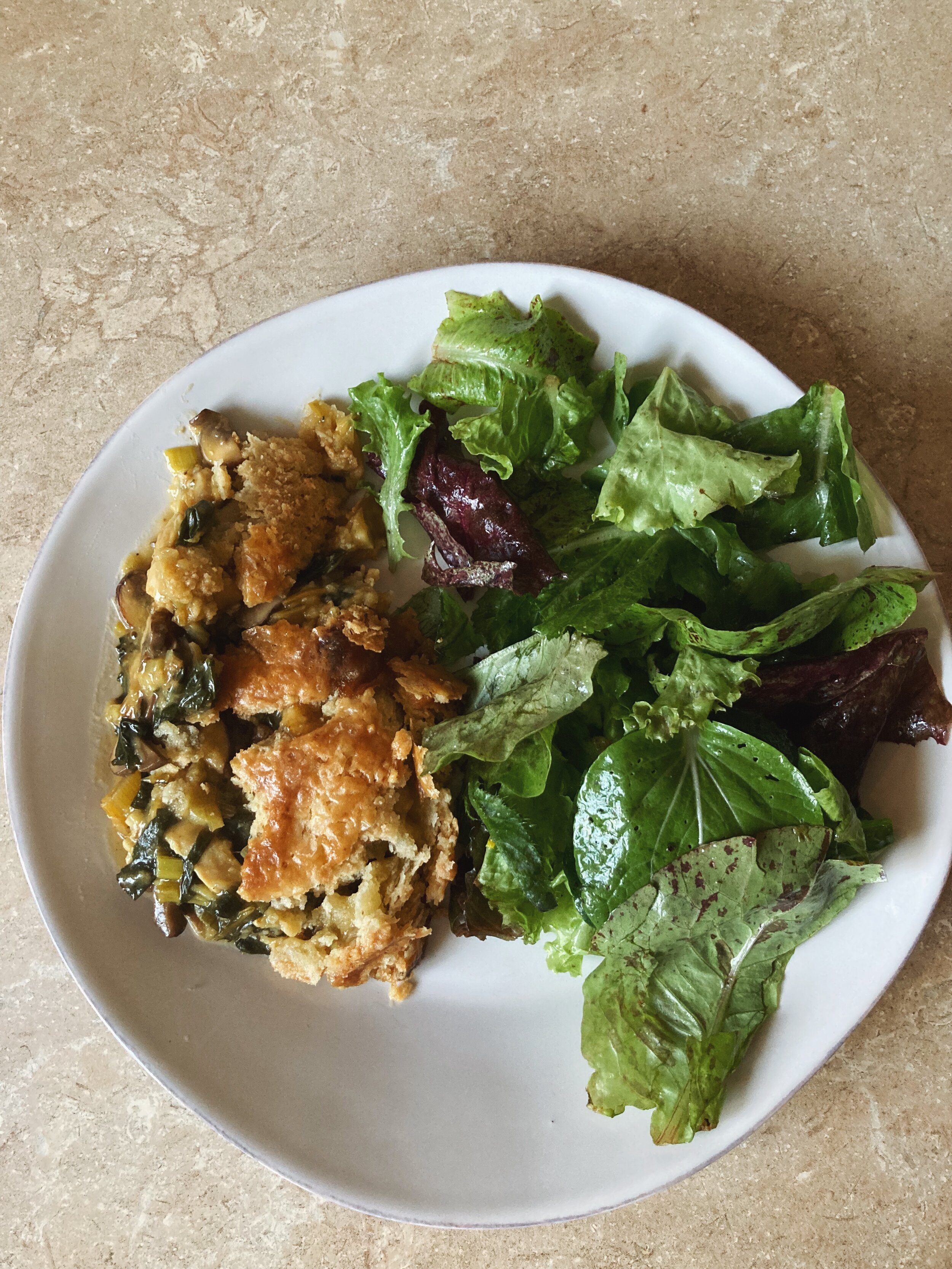It’s been a minute! I just took a full two weeks off of this project to relax, reconnect with my husband, and spend time in nature. We spent a few days up in Northern Minnesota in the Boundary Waters, which is a collection of over 1,000 lakes and many islands between the Minnesota and Canadian borders. To get to our campsite, it took eight miles of canoeing and six different portage sites where we had to move all our gear, including the canoes, from one side of an island to another. It was hard work, but very rewarding.
We spent our second week of vacation mostly in Door County, WI. We biked, hiked, sailed, and ate some surprisingly fantastic meals. I even discovered what Jordan calls “my spirit restaurant.” A magical, thoughtful, incredibly delicious place called Trixie’s. It was so good that we ate there on two different nights. I plan to write about it at some point because it really was that special.
Alright, now back to our regularly scheduled programming. Because what you’re really here for is pie. A peach pie. A double-crusted peach pie. A double-crusted peach pie with honey, ginger, and lime. A pie for the summer, for standing apart from other regular fruit pies, for making a statement.
As per usual, I made both pie crust discs from King Arthur’s Gluten-Free Pie Crust recipe. It’s become a reliable staple for me as I venture further on this gluten-less journey, and I recommend it to all others who find themselves on the same gluten-less road. Once I prepared the dough and let it chill for about two hours, I followed Alison’s suggestion to roll both discs out to roughly 14-inch rounds and then stuck both of them back in the fridge to cool. It was a really hot day, so the butter seemed glad to spend maximum time in the cold.
Meanwhile, I prepared the filling, which consists of 4 lbs. of ripe peaches, sugar, honey, lime zest and juice, cornstarch, and a good bit of freshly grated ginger. Unlike some of Alison’s other fruit desserts, I actually followed the suggested amount of peaches. In the past, I’ve found that for whatever reason, her quantities of fruit far surpass the capacity of my baking dishes. So I’ve ended up with anywhere from 1-2 lbs. of extra sliced fruit. Not the worst problem to have, but not ideal either. But this time around, I had a feeling that the pie could handle a piled-high mound of slices. And so it could.
The rest of the process was rather straightforward as far as pie construction goes. One crust on the bottom, filling added, another crust on top with three slices into the dough to allow steam to escape. The whole thing is covered in egg wash and a third cup of Demerara sugar. The tough part is the time! The pie spends roughly an hour and forty-five minutes in the oven, and then it needs three hours to cool! Talk about an opportunity for character development. The pie most certainly tested my patience.
But boy, the reward was worth it. As I said in the beginning, this is no ordinary fruit pie. The lime zest and ginger, though simple, add complexity and elevate the peaches to a tangy, snappy sweetness. The ginger mellowed out a bit by day two of leftover pie, but it was still the strongest flavor. If you don’t love ginger, don’t cut it out completely, just cut it in half, or reduce it by a third. In my opinion, ginger is the key to a non-boring peach pie. And you don’t want to be boring, right?
125 recipes cooked, 100 to go!!!!!



